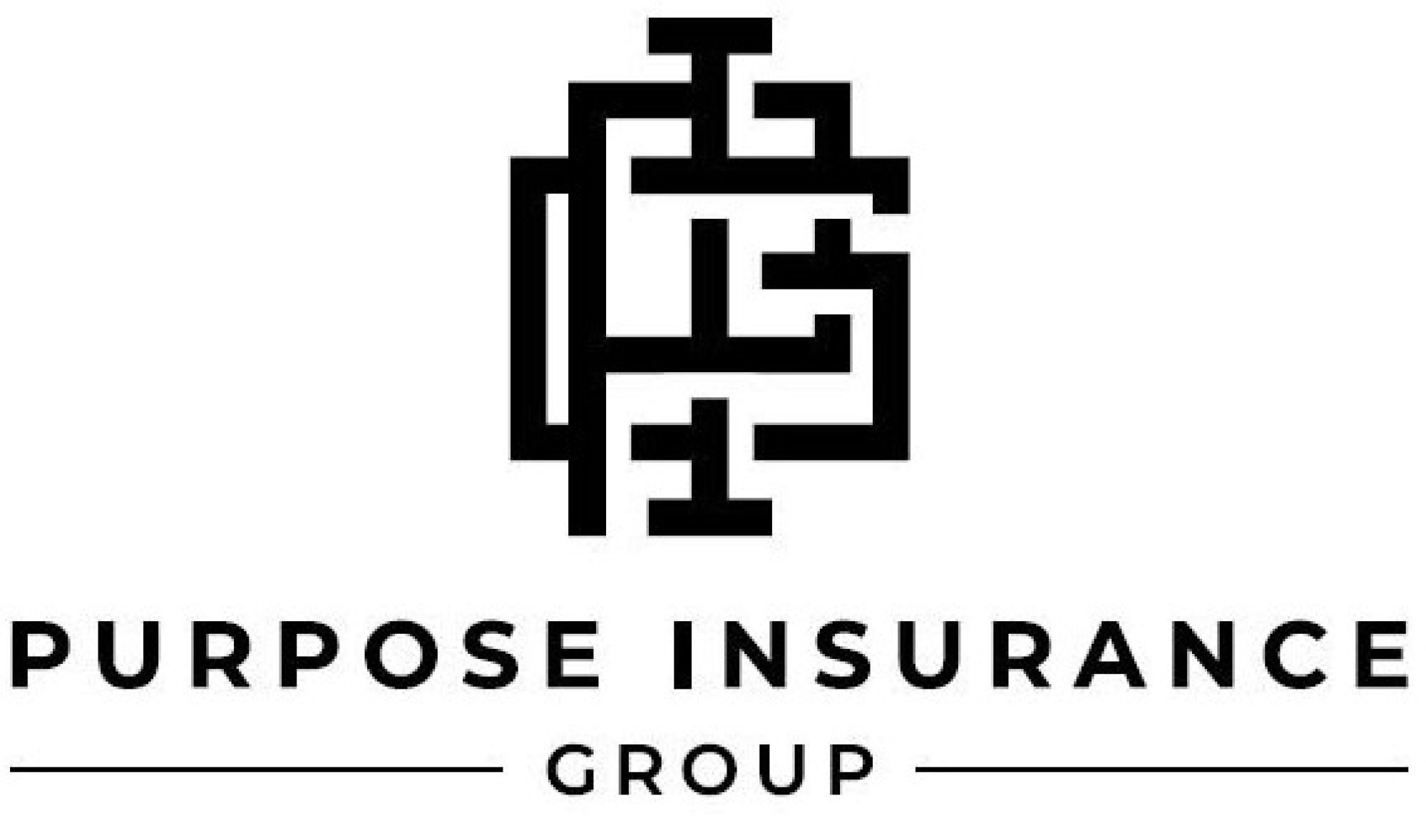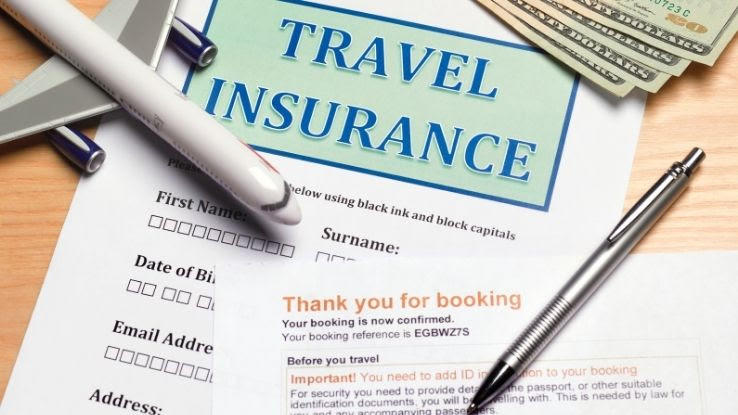Our Pacific Prime PDFs
Table of ContentsSome Known Facts About Pacific Prime.Some Ideas on Pacific Prime You Need To KnowThe Basic Principles Of Pacific Prime 3 Easy Facts About Pacific Prime ShownHow Pacific Prime can Save You Time, Stress, and Money.

This is because the data were gathered for a period of strong financial efficiency. Of the approximated 42 million people that were uninsured, all but concerning 420,000 (regarding 1 percent) were under 65 years old, the age at which most Americans come to be qualified for Medicare; 32 million were adults between ages 18 and 65, around 19 percent of all grownups in this age group; and 10 million were children under 18 years old, regarding 13.9 percent of all kids (Mills, 2000).
These price quotes of the variety of persons uninsured are produced from the yearly March Supplement to the Existing Populace Study (CPS), performed by the Census Bureau. Unless otherwise noted, nationwide price quotes of individuals without medical insurance and percentages of the populace with various type of protection are based upon the CPS, one of the most extensively made use of resource of quotes of insurance coverage and uninsurance rates.
Some Known Details About Pacific Prime

Still, the CPS is especially valuable since it creates annual price quotes fairly swiftly, reporting the previous year's insurance coverage approximates each September, and since it is the basis for a consistent set of quotes for greater than two decades, enabling evaluation of patterns in protection over time. For these factors, along with the extensive use the CPS in various other researches of insurance protection that exist in this report, we rely on CPS price quotes, with restrictions kept in mind.

The price quote of the number of without insurance people broadens when a population's insurance policy status is tracked for a number of years. Over a three-year duration beginning early in 1993, 72 million people, 29 percent of the united state population, lacked protection for at least one month. Within a solitary year (1994 ), 53 million people experienced a minimum of a month without protection (Bennefield, 1998a)
6 out of every 10 uninsured grownups are themselves employed. Although functioning does enhance the possibility that a person and one's relative will have insurance coverage, it is not a guarantee. Even participants of families with 2 full-time breadwinner have almost a one-in-ten possibility of being without insurance (9.1 percent uninsured price) (Hoffman and Pohl, 2000).
Things about Pacific Prime
New immigrants represent a substantial proportion of people without health and wellness insurance. One analysis has associated a considerable part of the current development in the dimension of the united state without insurance population to immigrants who showed up in the nation in between 1994 and 1998 (Camarota and Edwards, 2000). Current immigrants (those who concerned the United States within the past four years) do have a high rate of being without insurance (46 percent), however they and their youngsters make up simply 6 percent of those without insurance policy country wide (Holahan et al., 2001).
The relationship between health insurance and access to care is well developed, as recorded later on in this chapter. The connection between health and wellness insurance policy and wellness results is neither straight nor easy, a comprehensive medical and wellness solutions research study literature web links health insurance coverage to better access to care, far better high quality, and improved individual and population health condition.
Levels of evaluation for checking out the impacts of uninsurance. This discussion of medical insurance protection focuses mostly on the U.S. populace under age 65 because essentially all Americans 65 and older have Medicare or other public insurance coverage. Moreover, it focuses particularly on those with no wellness insurance coverage for any kind of length of time.
5 Simple Techniques For Pacific Prime
The troubles faced by the underinsured are in some respects comparable to those faced by the without insurance, although they are normally less severe. Wellness insurance policy, nevertheless, is neither needed neither adequate to acquire accessibility to medical solutions. The independent and direct result of wellness insurance protection on access to health and wellness solutions is well developed.
Others will get the healthcare they need also without medical insurance, by spending for it out you can find out more of pocket or seeking it from service providers that use care cost-free or at extremely subsidized prices. For still others, health insurance coverage alone does not ensure invoice of treatment due to various other nonfinancial obstacles, such as a lack of healthcare companies in their community, restricted access to transport, illiteracy, or etymological and cultural differences.
The Single Strategy To Use For Pacific Prime
Formal research about without insurance populaces in the USA dates to the late 1920s and very early 1930s when the Board on the Price of Treatment created a series of records regarding financing doctor office sees and hospitalizations. This issue became salient as the numbers of clinically indigent climbed up throughout the Great Clinical depression.